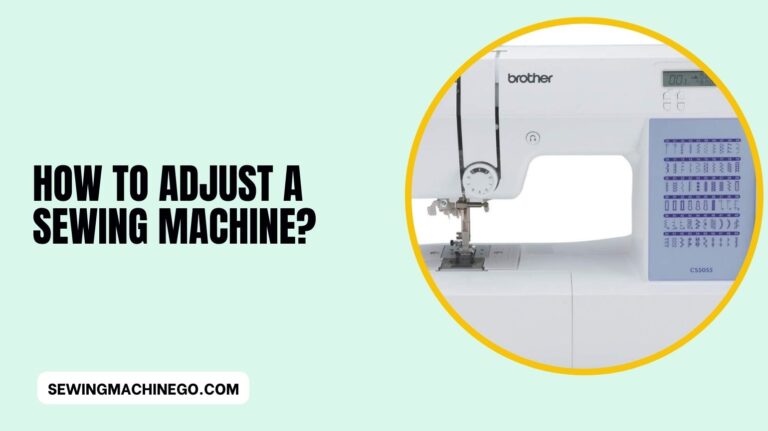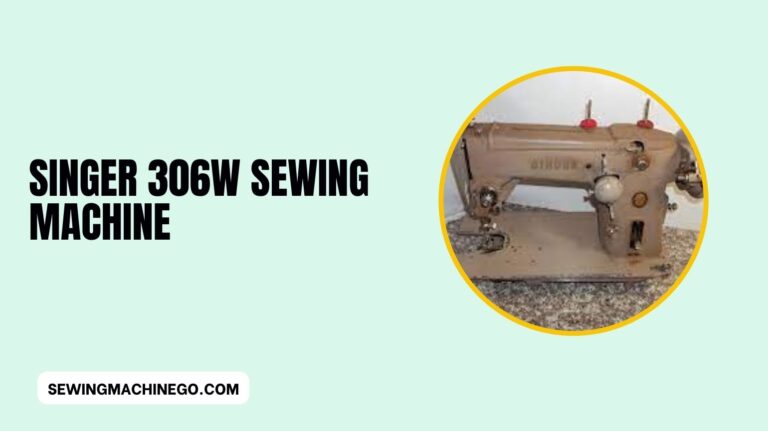How to Sewing Piping? (Ultimate Guide) In 2023
Sewing piping is a charming technique that adds flair and definition to various sewing projects. How to Sewing Piping?
Whether you’re a seasoned seamstress or a novice in the world of sewing, mastering the art of piping can elevate your creations.
Understanding the fundamentals and techniques involved is key to successfully incorporating piping into your sewing endeavors.

Understanding Piping in Sewing
Piping refers to a narrow strip of fabric encasing a cord, often used to decorate or strengthen the edges or seams of clothing, cushions, or other fabric-based items.
The choice of fabric and cord material significantly impacts the final appearance and functionality of the piping.
There are different types of piping, such as single-fold, double-fold, and corded piping, each serving unique purposes and styles.
Essential Tools and Materials
Before diving into sewing piping, gather essential tools like piping cord, suitable fabric, and a sewing machine equipped with the right foot for the job.
The selection of the cord and fabric type can influence the flexibility and appearance of the final piping.
Preparing Fabric for Piping
Preparing fabric for piping involves several steps to ensure a smooth and polished result. Begin by cutting bias strips of fabric, as they provide flexibility and allow for easier manipulation around curves.
Then, fold the fabric strip in half lengthwise and insert the piping cord, ensuring it’s snugly enclosed.
Seam the fabric close to the cord using a zipper foot on your sewing machine, maintaining an even distance for a tidy finish. Finally, trim excess fabric and press the piping to set its shape before incorporating it into your project.
Sewing Piping into Seams
Mastering the sewing techniques for piping insertion is crucial. Adjusting the machine settings and stitch length can impact the outcome.
Follow step-by-step instructions to seamlessly sew the piping into seams, keeping the fabric flat and avoiding any twists or puckers.
Decorative Piping and Creative Applications
Explore the creative possibilities of piping by incorporating it into garment designs or enhancing home décor items like cushions, pillowcases, or curtains. Experimenting with different fabrics and cord sizes can result in unique and personalized creations.
Troubleshooting Common Piping Issues
Encountering issues like puckering or uneven piping are common. Addressing these problems with simple techniques can salvage your project and ensure a polished finish.
- Puckering: Ensure the fabric is taut while sewing, use a longer stitch length, and go slow around curves to prevent puckering.
- Uneven Piping: Check the tension on your machine; it should be balanced. Also, ensure the fabric and piping are aligned evenly while sewing.
- Twisted Piping: Carefully align and pin the piping onto the fabric before sewing to prevent twists. Additionally, use your fingers to guide the piping as it feeds through the machine to avoid twisting.
Maintenance and Care of Sewn Piping
Preserving the quality of your piping involves proper cleaning and storage techniques. Depending on the fabric used, washing instructions may vary. Storing piping neatly can prevent it from getting tangled or damaged.
- Cleaning Piping:
- Spot clean gently using a mild detergent and a soft cloth to maintain the integrity of the piping and prevent damage to the fabric.
- For machine-washable items, use a gentle cycle and consider placing the piece in a garment bag to protect the piping during washing.
- Storage Tips:
- Store items with sewn piping in a cool, dry place away from direct sunlight to prevent fading or discoloration.
- Coil or roll the item with piping neatly to avoid any bends or creases that could distort the piping’s shape.
- If possible, hang items to prevent any compression of the piping. If hanging isn’t an option, store them flat to maintain the piping’s appearance.
Regular maintenance and proper storage will help preserve the quality and appearance of sewn piping, ensuring your creations retain their beauty over time.
People also ask
How do you make piping in sewing?
Cut Fabric Strips: Cut fabric strips on the bias or straight grain, depending on the desired flexibility and look of the piping.
Insert Piping Cord: Place the cord in the center of the fabric strip. Fold the fabric over the cord, aligning the edges.
Sew Along the Edge: Using a zipper foot or piping foot, sew close to the cord, ensuring it’s snugly enclosed within the fabric strip.
Trim Excess Fabric: Trim the seam allowance to reduce bulk, especially at corners, for a smooth finish.
Use in Projects: Your homemade piping is ready to be incorporated into your sewing projects, adding a professional touch to seams, edges, or decorative accents.
Do you need a zipper foot to sew piping?
Yes, a zipper foot or a piping foot is recommended to sew piping accurately.
These specialized feet help in sewing close to the piping cord, ensuring a neat and even stitch along the edge without catching or damaging the cord.
While it’s possible to sew piping without these feet, using them makes the process much easier and results in a cleaner finish.
How do you sew vinyl piping?
Sewing vinyl piping follows a similar process to fabric piping:
Choose the Right Needle: Use a heavy-duty or leather needle suitable for sewing through vinyl without causing damage.
Cut Vinyl Strips: Cut vinyl strips as you would fabric strips, ensuring they’re wide enough to accommodate the piping cord.
Insert Piping Cord: Place the cord in the center of the vinyl strip and fold the vinyl over it, encasing the cord.
Sew Carefully: Use a zipper foot or a Teflon foot to prevent sticking and sewing close to the cord, maintaining a steady pace to avoid stretching or distorting the vinyl.
Trim Excess and Use Gently: Trim excess seam allowance and handle the vinyl piping gently to avoid puncturing or damaging it. Incorporate it into your projects as desired.
What is the best fabric for making piping?
Cotton or cotton-blend fabrics are commonly used for making piping due to their versatility, ease of handling, and ability to create crisp edges.
However, the “best” fabric for piping depends on the project. For durability and a luxurious look, consider using fabrics like silk or velvet.
For outdoor or heavy-use items, durable fabrics like canvas or twill might be preferable. Ultimately, choose a fabric that suits the project’s purpose and desired aesthetic.
Conclusion – How to Sewing Piping?
In Conclusion, Mastering the art of sewing piping can unleash endless possibilities for creative expression in your sewing projects.
By understanding the fundamentals, exploring different techniques, and troubleshooting common issues, you’ll enhance your skills and create professional-looking piping effortlessly.

Hi, I am Alice, and I am your perfect guide to the world of sewing machines. With over 10 years of experience in the sewing industry, I am passionate about sharing my knowledge and expertise to help you make the most of your sewing journey. about me






